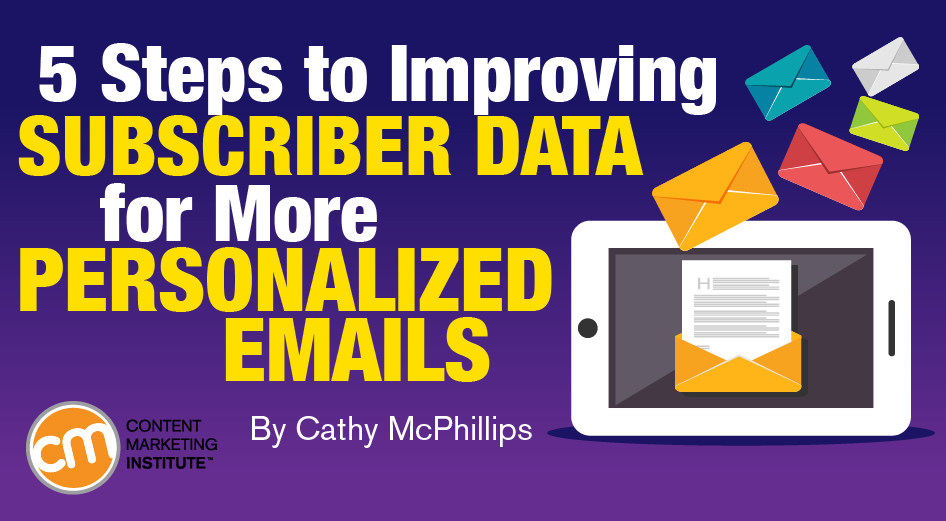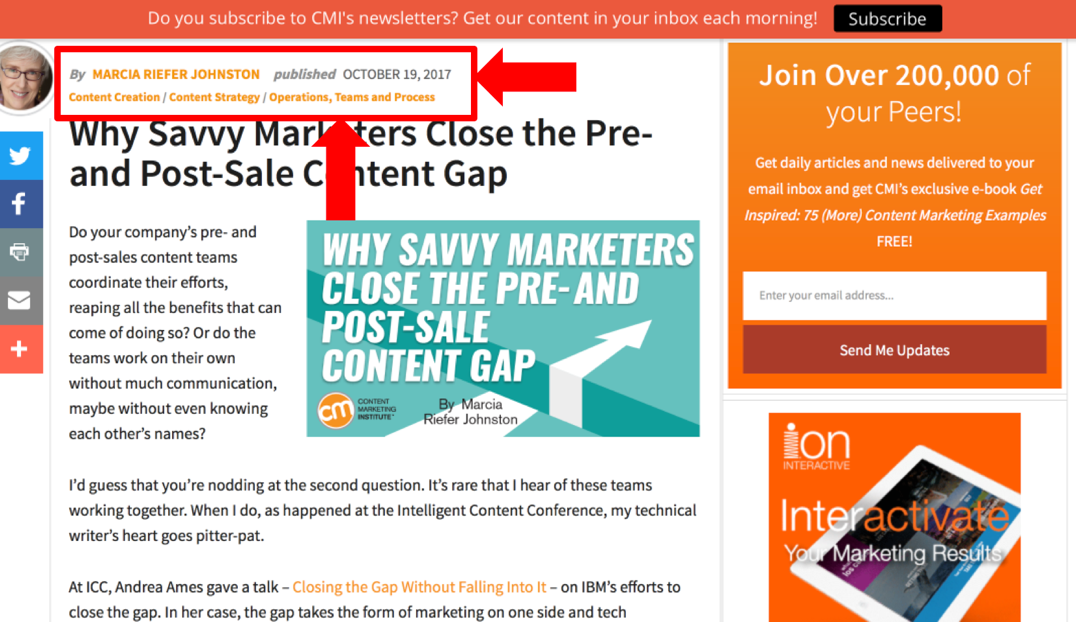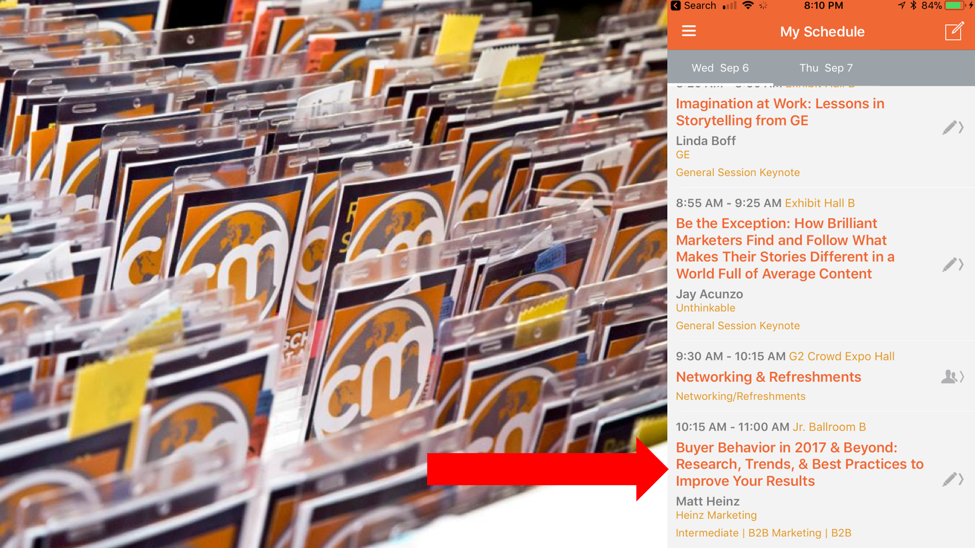Author: Cathy McPhillips / Source: Content Marketing Institute

When I started at the Content Marketing Institute in 2012, I sat with founder Joe Pulizzi to discuss the 2013 marketing goals. Back then – and still today – everything revolved around email subscribers and event (Content Marketing World) attendees.
Ever ambitious, Joe’s goal was always “double it.” And yes, double them we did. From email subscribers to Facebook, Twitter, LinkedIn followers, and more.
Fast-forward to fall 2015 when we were planning for 2016. We had over 150,000 subscribers. Wow! But really was it really a “wow”? At most points of subscriber entry, we purposely only asked for email addresses and maybe a first name. A long lead form could dissuade people from subscribing so we were satisfied with just having an email address. But learning more about our subscribers would allow us to truly customize messaging to them.
Additionally, learning more about our subscribers also would help our Content Marketing World marketing because over 75% of CMWorld attendees are subscribed to one or more of CMI’s newsletters.
That year, working with Joe and Audience Development Manager John Hanson, we determined that a “complete profile” (translation: usable and actionable) would include:
- First name
- Last name
- Email address
- Company
- Company size
- Job function
- Industry
- Country
Of our 150,000 subscribers, we had that robust data for only 8% (12,000). Meaning we were doing a disservice to 138,000 subscribers because we couldn’t deliver the most valuable and relevant content for them.
Over the course of the next two years, our subscribers increased 40% (not double, but not a bad number), but, more importantly, complete profiles jumped from 8% to 48%.
What we did
1. Created a taxonomy
Creating a consistent taxonomy across CMI product offerings, such as the blog, webinars, CMWorld sessions, and Chief Content Officer subscriptions, allowed us to tie consumer data to the subscriber record. These include the following data points:
- Email/blog post clicks – Date/topic/category of blog post read by subscriber
- CMWorld session attendance – Topic/category/speaker of session attended by subscriber (acquired through badge scans at entrances)
- Webinar attendance – Date/topic/category/speaker of webinar that subscriber registered for and/or participated in
With that data, we gain a holistic view of each subscriber to see whether he/she focuses on a certain discipline within content marketing, or if the individual is likely to only open emails on Thursdays. We can gauge the subscribers’ implied interest based on their habits.

Exploring the audience data as a whole tells us which speakers, authors, or topics resonate with the audience, which then can inform content planning for the blog and CMWorld.

2. Aligned the forms
Whether a CCO subscription, a Content Marketing World registration, a webinar sign-up, or something else, the registrant sees the same drop-down menus for industry, company size, country, job function, and more. Making the data collection uniform means the naming conventions in our CRM all match.

3. Created more lead-gen opportunities
Because the original points of entry for many subscribers only require an email address, we expanded the ways for subscribers to give us more information….
Audience Team
The digital audience insights you need to build, manage and market to your digital audiences.

